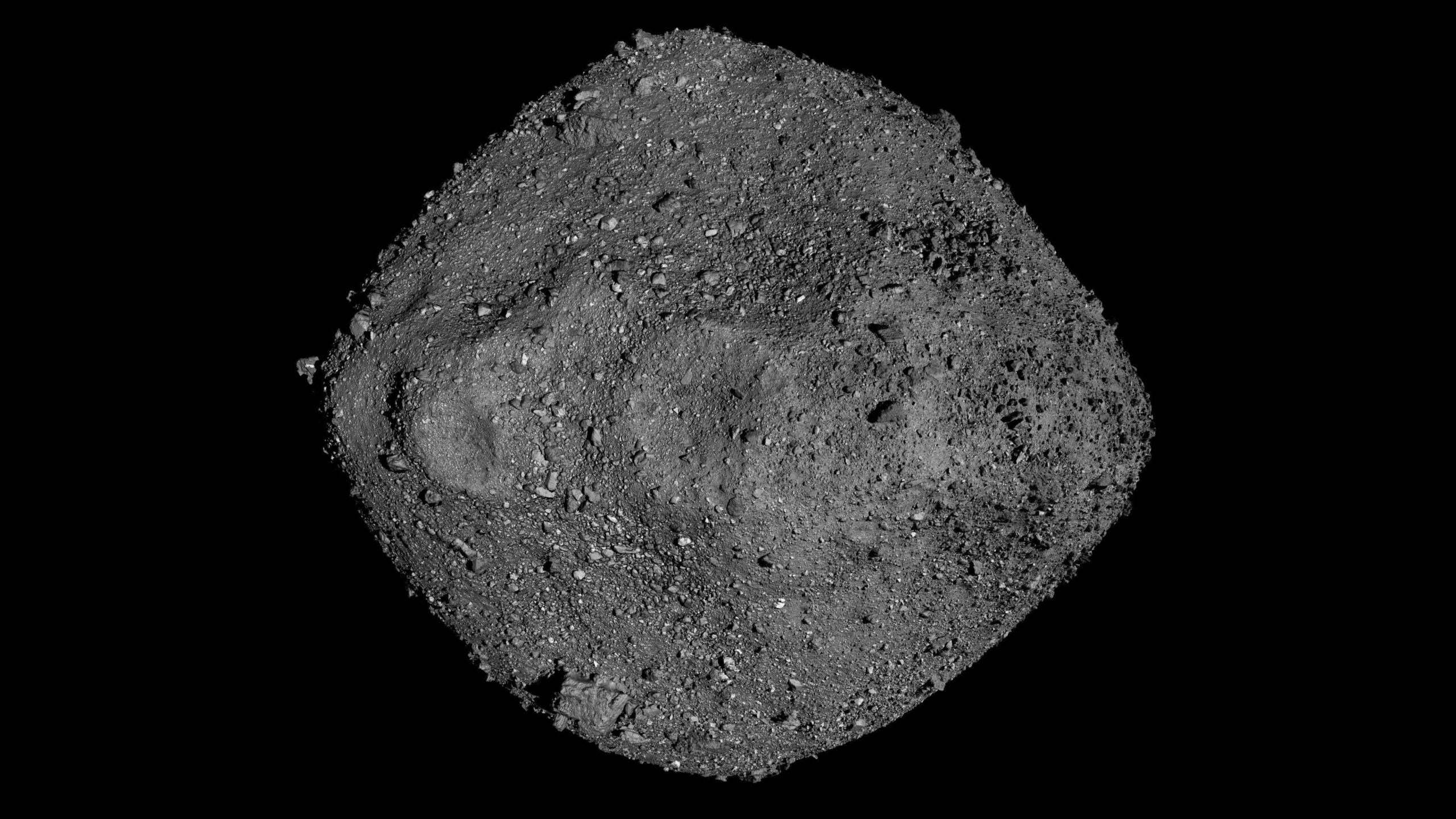Hallelujah! The capsule containing the samples from the asteroid Bennu should land on Earth Sunday September 24. One of the researchers on the main scientific team, who designed a very high precision device, is none other than a Jesuit brother! He works in Arizona for the Vatican Observatory.
When the samples from the OSIRIS-REx mission land next Sunday in Utah, they will be transferred within their capsule to the laboratories of the University of Arizona. It is there, in these clean rooms, in controlled atmosphere containers that the scientific teams will be able to observe with their own eyes the harvest taken from the asteroid Bennu.
And to measure their volume as well as their porosity, one of the first instruments to characterize them will be a precision gas pycnometer… Designed and assembled by Brother Robert J. Macke, of the Vatican Observatory. Who is a renowned researcher, specialist in asteroids and “a bit of a handyman” in his spare time.
Bennu returns, Bennu returns among his own
To be able to impress mother-in-law at the next family meal, a gas pycnometer is an instrument that gives the exact volume of an object and its possible porosity, by placing it in a sealed chamber and using the volume of a gas, which we then relax in a second bedroom (see video below).
A process which is not so exotic, but which researchers are not used to practicing when the instrument itself must be isolated so that the samples do not leave a protected atmosphere at any time, such as those of the asteroid Bennu!
There is no “off-the-shelf” equipment to carry out the measurement under these conditions, which is why, for example, the test was not initially carried out on samples from the asteroid Ryugu. Robert J. Macke, a specialist at the Vatican Observatory, therefore took the problem head on and directly designed a compatible pycnometer, which is now assembled at the University of Arizona and awaiting samples from Bennu. As a bonus, NASA did not have to pay anything, the Church and its Jesuit servants having taken a vow of poverty.
A pycnometer forewarned is worth two
Created in the 1930s, the Vatican Observatory holds approximately 1,200 meteorites collected from many points around the globe. Robert J. Macke, who is American, joined the orders and became a Jesuit while doing his thesis in astrophysics, which he eventually completed on papal premises.
His measurements, particularly around pycnometry, secured him a place in the scientific team that will process the OSIRIS-REx harvest. If everything went well, the laboratories will have a lot to do; it is estimated that the TAGSAM instrument was able to take several hundred grams from the surface of Bennu. We will have the answer very quickly, if the capsule is installed correctly at the end of the week.
Source : Mashable

7